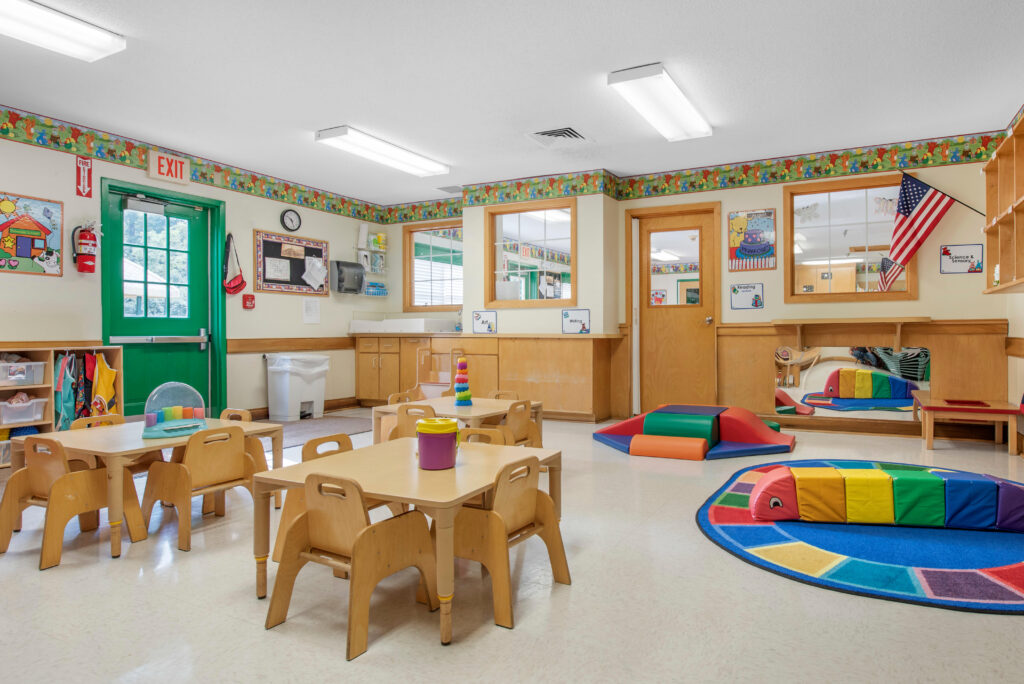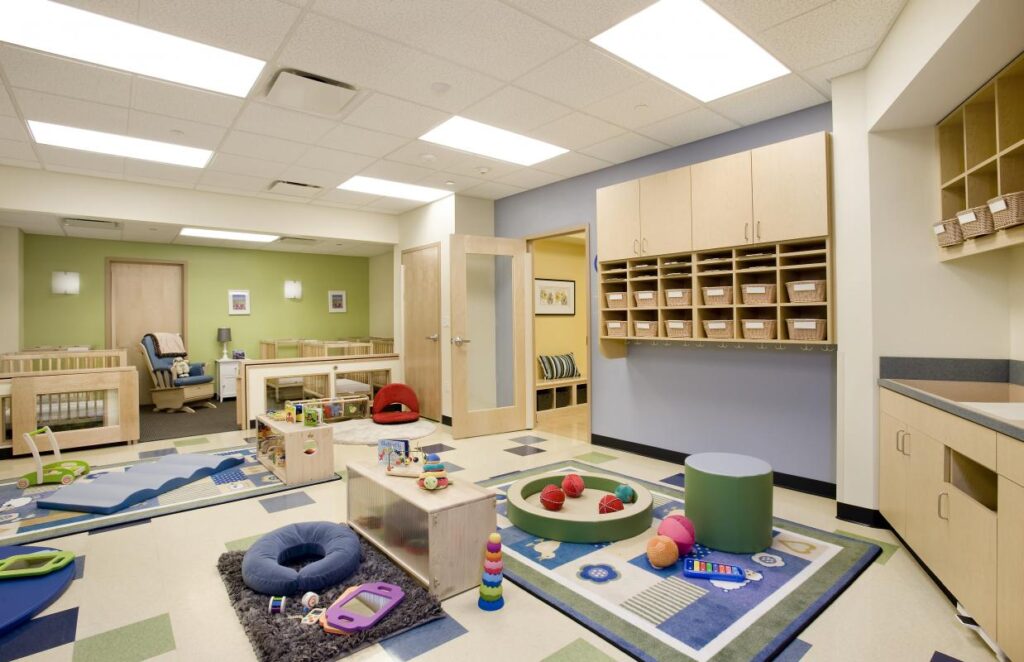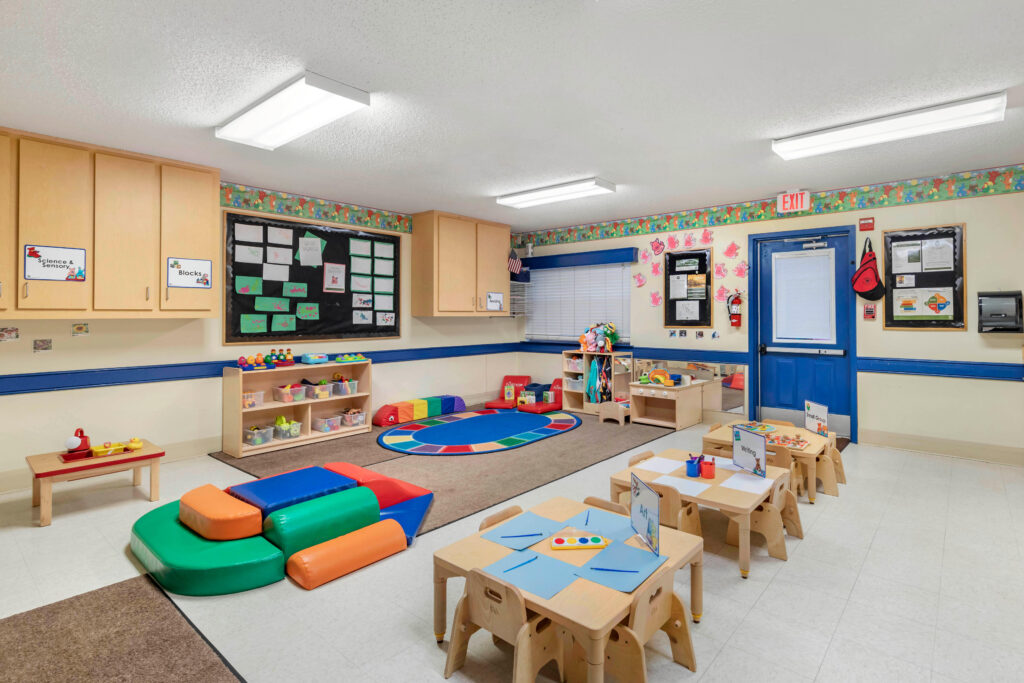Children are the future of our society, and it is essential to provide them with the best environment possible. Creating child-centered environments can be the first step towards ensuring that children can grow and develop to their fullest potential. In this blog post, we will explore the importance of child-centered environments and how to craft them.
What is a Child-Centered Environment?
A child-centered environment is an environment that prioritizes the needs, interests, and abilities of children. It is a place where children feel safe, valued, and respected. In a child-centered environment, children are encouraged to explore, learn, and play at their own pace. The environment is designed to meet the needs of children, rather than adults.
Why is a Child-Centered Environment Important?
A child-centered environment is important for several reasons. First and foremost, it promotes the well-being of children. Children who feel safe, valued, and respected are more likely to be happy and healthy. They are also more likely to develop positive relationships with their peers and caregivers.

Secondly, a child-centered environment promotes learning. When children are encouraged to explore, learn, and play at their own pace, they are more likely to develop a love for learning. They are also more likely to retain the information they learn because it is presented in a way that is engaging and meaningful to them.
Finally, a child-centered environment promotes independence. When children are allowed to make choices and decisions, they develop a sense of autonomy and independence. This, in turn, helps them to develop self-confidence and self-esteem.
How to Craft a Child-Centered Environment
Crafting a child-centered environment requires careful planning and consideration. Here are some tips on how to create a child-centered environment:
- Design the environment with children in mind. Consider the age, interests, and abilities of the children who will be using the space. Use colors, textures, and materials that are appealing and stimulating to children.
- Provide opportunities for exploration and discovery. Include materials and activities that allow children to explore and learn at their own pace. Provide open-ended materials that can be used in a variety of ways.
- Foster positive relationships. Encourage children to interact with each other and with caregivers in a positive and respectful manner. Provide opportunities for children to work together and collaborate.
- Allow for choice and autonomy. Provide opportunities for children to make choices and decisions. This can be as simple as allowing them to choose which activity they want to participate in or which materials they want to use.
- Create a safe and nurturing environment. Ensure that the environment is safe and secure. Provide opportunities for children to rest, relax, and feel comforted.
- Incorporate nature. Provide opportunities for children to connect with nature, whether it be through outdoor play or indoor plants and natural materials.

In conclusion, crafting child-centered environments is essential for promoting the well-being, learning, and independence of children. By designing environments that prioritize the needs, interests, and abilities of children, we can help them to thrive and reach their full potential.

